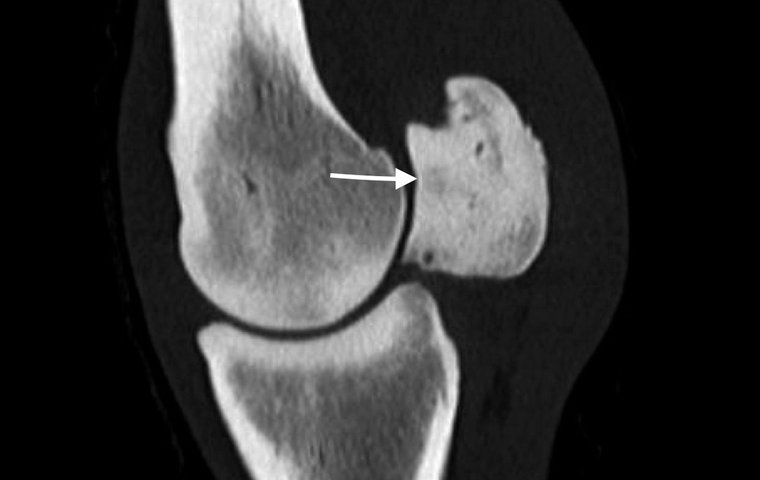
An important breakthrough in equine welfare - defining guidelines for identification of pre-fracture pathology in the racehorse fetlock - is a step closer to after a two-day meeting of international veterinary experts in Newmarket.
Injuries to the racehorse fetlock are rare. Indeed the fetlock injury is one of a number of racecourse musculoskeletal injuries that collectively are estimated to occur in around eight of every 10,000 race starts in the UK.
Serious musculoskeletal injuries are slightly more common in the US and Canada, yet, despite recent concerns, research shows 99.8 percent of starts in those jurisdictions are free of serious musculoskeletal injury.
Nevertheless, fetlock injury can be extremely impactful and can be career-ending in some injured horses.
The two-day collaborative workshop was hosted by Jockey Club Estates in Newmarket and sponsored by the Gerald Leigh Charitable Trust and the Beaufort Cottage Educational Trust, together with a number of other industry contributors.
On the first day, an expert panel discussed how diagnostic imaging prior to racing can contribute to risk reduction. This topic was discussed by TRC’s Charles Hayward in a View From The Rail column last year. At the current time, radiography is the most effective tool to identify tiny fractures which will heal effectively, providing exercise is reduced.
Excitingly, technological progress in imaging such as standing MRI, standing CT and PET scanning have the potential to identify pathology even earlier. At this workshop, the expert panel reviewed existing knowledge and discussed how to generate the research evidence that is essential if these novel technologies are to gain a place in effective pre-race risk assessment programmes.
The following day, a larger group of stakeholders reviewed the expert panel’s conclusions and discussed the need for greater transparency, education and communication among the racing industry stakeholders, all of whom share responsibility for ensuring racing continues to strive to improve racehorse safety and welfare.
Prof Celia Marr,Editor of Equine Veterinary Journal, who chaired the meeting said, “Racing has an excellent safety record and the injuries we are talking about are extremely rare. Since no diagnostic test is 100 percent accurate, this low prevalence makes it very difficult to pinpoint the affected individuals. But it is essential that we continue our efforts to do so ever more effectively because, if silent injury is not detected, it can progress to become much more serious.”
Fred Barrelet, Trustee of Beaufort Cottage Educational Trust said, “The charities who supported this event are delighted to contribute to advancing veterinary science. The social licence which supports racing places responsibility for promoting animal welfare in the hands of the veterinary profession.
“These are exciting times, and, as new technologies come on board, when the information from these modalities is slotted into existing knowledge of risk factors, we can expect to see more effective risk assessment for individual races.”
Pete Ramzan, Partner at Rossdales LLP, who co-ordinated this meeting said, “I was particularly excited to see the group concluded that, with improved techniques, basic radiography has much to offer.
“Vets, like myself, working at the coalface can have a big impact on reducing racing injuries using radiography. X-ray equipment is available to everyone, but we need to educate vets on how best to evaluate the fetlock.”
Peter Stanley, Chairman of The Jockey Club Estates, said, “The Jockey Club Estates are thrilled to support this very important initiative for global horseracing. Racehorse welfare is at the forefront of our activities and is of paramount importance to us.”


